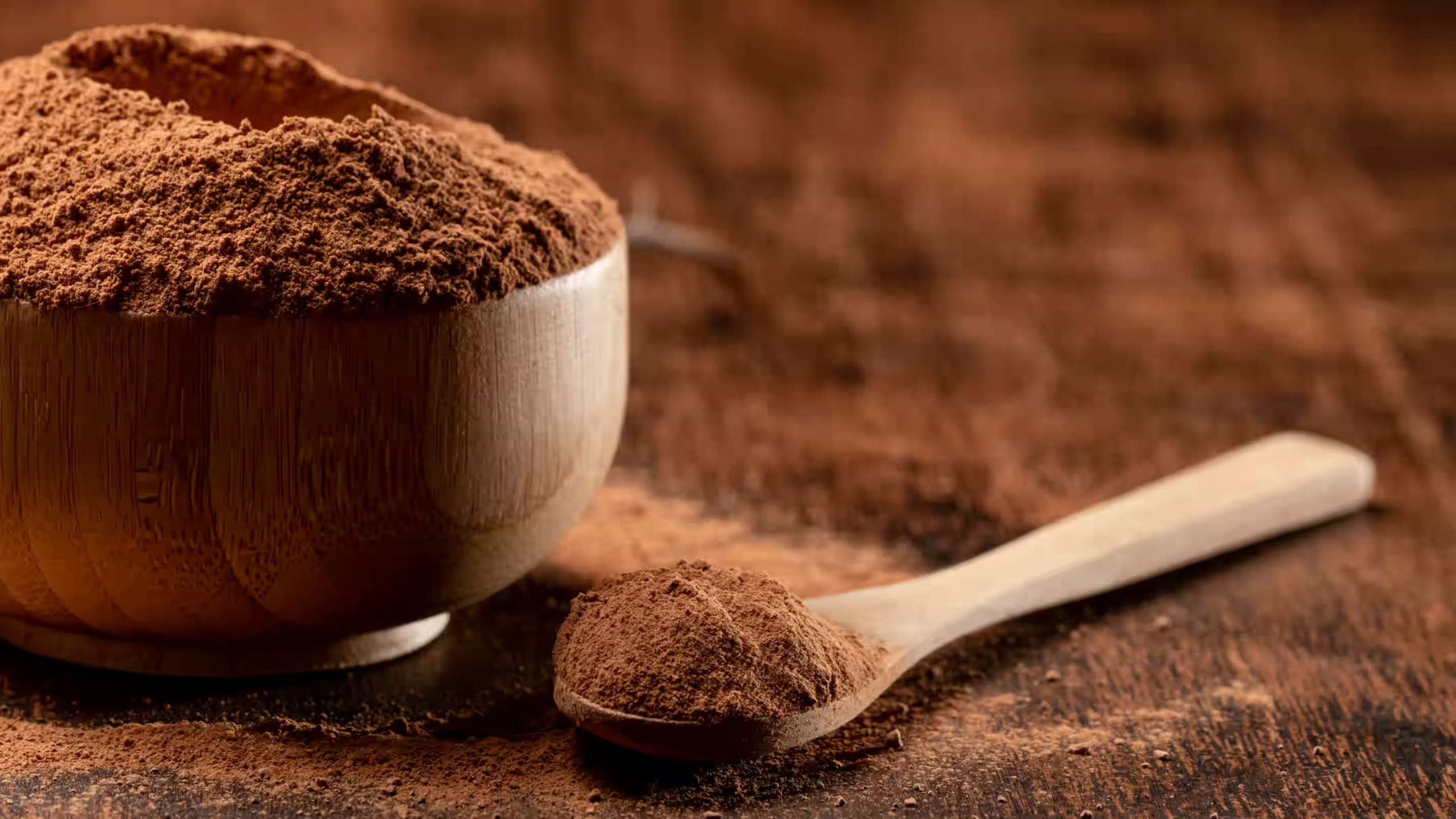No products in the cart.: ₹0.00
Can We Consume Whey Protein Without Workout? Benefits, Risks, Dosage, Best Practices.

Introduction
“Can we consume whey protein without workout?” is a trending search as more people look beyond the gym for simple nutrition upgrades in 2025. Whey remains a fast-digesting, high-quality protein that can help reach daily protein targets and improve fullness even in non-exercisers—yet overuse may raise calorie load, digestive issues, or kidney strain in vulnerable individuals.
Key benefits without exercise
- Helps meet daily protein needs when diet falls short, supporting hair, skin, enzyme and immune functions in addition to muscles.
- Supports muscle maintenance, especially in older adults or during low-activity periods, limiting loss rather than building size.
- Increases satiety, which can aid calorie control and weight management for sedentary routines when used in place of higher-calorie snacks.
Potential risks and caveats
- Weight gain risk if total calories exceed needs; some powders add sugars or deliver large calories per serving.
- Digestive discomfort (bloating, gas) is common with lactose-containing whey concentrates; isolate or smaller servings may help.
- Kidney strain concerns arise with chronically high intakes, particularly in people with pre-existing kidney issues; moderation and medical guidance are prudent.
Who should consider it
- Busy professionals or non-gym users missing protein at breakfast or snacks who want convenient, portioned protein support.
- Older adults aiming to preserve lean mass with adequate protein while activity is light or intermittent.
- Weight-management plans using a satiating shake to replace higher-calorie choices, paired with overall calorie awareness.
Smart dosing (without workouts)
- Start with 1 serving per day, typically 20–25 g protein, and adjust to overall daily protein targets rather than stacking scoops unnecessarily.
- Most non-athletic adults target around the RDA baseline via food first and add whey to fill remaining gaps, not to overshoot calories.
- Monitor body weight, appetite, and digestion for 2–3 weeks to calibrate the minimum effective serving.
Best timing for non-gym users
- Morning boost: add to breakfast to improve satiety and anchor daily protein distribution.
- Snack replacement: use as a mid-afternoon option instead of high-sugar snacks to curb overeating later.
- Evening light meal: a small whey smoothie with fruit/yogurt when dinner is light helps protein coverage without excess calories.
Whey types and choices
- Whey isolate: lower lactose, fewer carbs/fats, often easier on digestion for sensitive users.
- Unflavoured or low-additive options reduce sugar and artificial ingredients; ideal for calorie control and recipe flexibility.
- Check third-party testing, protein-per-serving, and ingredient list to avoid unnecessary fillers and excess calories.
Practical tips to avoid weight gain
- Replace, don’t add: swap a 200–250 kcal shake for a higher-calorie snack or dessert instead of stacking extra calories.
- Pair with fiber and healthy fats (berries, oats, peanut butter) to enhance satiety and glycemic steadiness while keeping portions controlled.
- Stay hydrated and choose isolate if lactose sensitivity causes bloating; reduce serving size if discomfort persists.
Quick recipes
- Breakfast shake: whey isolate + banana + oats + cinnamon + water or milk for a balanced, filling start.
- High-satiety yogurt bowl: Greek yogurt + scoop of unflavoured whey + berries + chia for a protein-fiber combo.
- Coffee protein latte: espresso + whey isolate + hot water or milk as a low-sugar afternoon pick-me-up.
FAQs
- Is whey protein safe without exercise? Generally safe in moderation; focus on total daily protein and calories, and consult a clinician if kidney issues exist.
- Will it build muscle without workouts? It mainly preserves rather than builds; resistance training is required to trigger hypertrophy.
- How many scoops per day? Typically 1–2, depending on diet and body size, with food sources prioritized first.
- Best option for sensitive stomachs? Whey isolate or lactose-free formulas; consider smaller servings and test tolerance.
Whey protein without workout can be a convenient nutrition tool for meeting daily protein targets and improving satiety, but it should replace—not add to—calorie intake, with isolate or low-additive options favored for easier digestion and better control. For muscle growth, training remains essential; for health maintenance and appetite control, moderate whey use alongside balanced meals works best in 2025.


